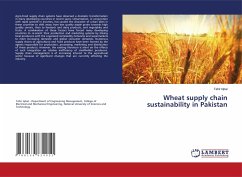This thesis will explore the regulation of beer supply agreements under EC competition law. The paper includes an introduction to the regulation of vertical restraints under the EC competition law, the sector specific rules of beer supply agreement in the Commission Regulation No. 1984/83, an insight to the Commission Regulation No. 2790/1999 and the analysis of the implications of the change. Overview of a number of changes, which occurred as a result of Regulation 2790/1999, is provided. These changes are evaluated in order to determine their possible consequences for the undertakings. The discussion of the changes in the regulation of beer supply agreements is particularly important because of the desire of the Commission to take a more economic approach in determining the compatibility of vertical agreements with the Community competition law. It is interesting to see, whether the Commission has succeeded to view the restrictive agreements in their legal and economic context. Since the new system involves a greater degree of assessment for the undertakings, the implications of such changes are analysed in the paper.








